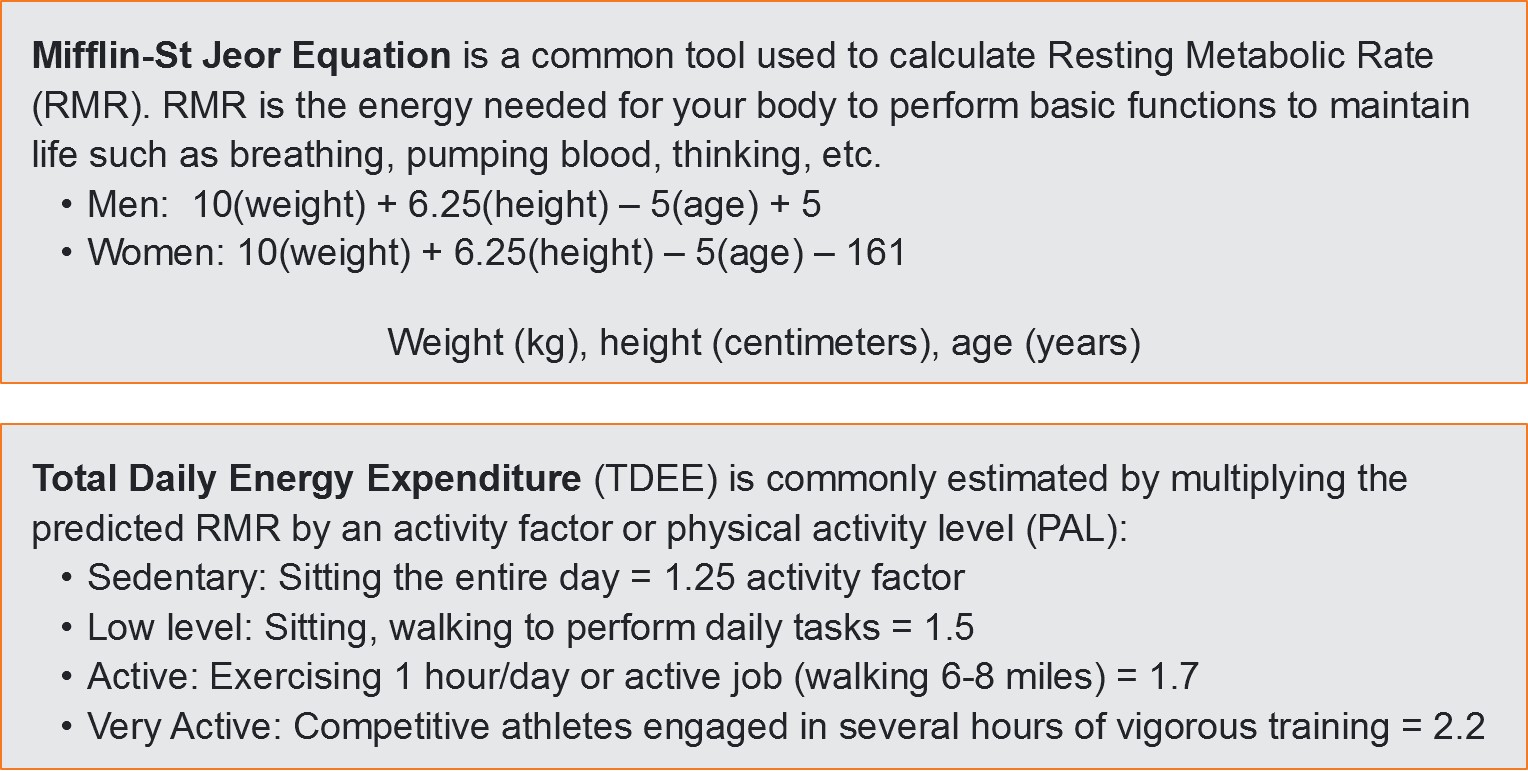Winning Habits | Strength Crushers | Smart Cooking | SCORE Team | Healthy Connections | Fueling Greatness
Macronutrient Mania
November 2019
By Lisa Davis, BS
Graduate Student / Dietetic Intern
Have you recently heard the word "macronutrient" or "macros" and wondered what people were talking about? These are common buzzwords used by athletes and dieters, and it is merely a term that refers to the building blocks of your body: carbohydrate, protein, and fat. Much of the food we eat has a combination of these building blocks but in varying amounts.
- Carbohydrates are the fuel your body and brain use for all of your activities.
- Protein is needed for the building and repair of tissues and the creation of hormones and neurotransmitters.
- Fats are essential for a stored fuel source as well as hormone production and vitamin absorption.
So why does it matter? By knowing the different amount of these building blocks you are consuming, you can better reach your health goals. For example, an athlete may be focused on the amount of protein he/she is eating; someone with diabetes may be especially conscientious of their carbohydrate intake and analyzing the amount of dietary fat would be valuable for someone to lower their overall calorie intake. Calculating your macronutrient needs can be complicated.
“We need to understand that our bodies are dynamic machines with energy needs that change daily. Our overall nutrition needs can also change drastically with each different stage of life. That is why consulting with a skilled Dietitian can help you tailor complex calculations to meet your specific needs“ says Natalie Christensen, sports dietitian for Idaho State University athletes.

Natalie encourages Mindful Eating techniques with all of her athletes. “There are predictive equations that we can use to give an educated guess on overall calorie needs, but sometimes those equations are not as accurate as we would like, especially in adolescents and trained athletes. That’s why mindful eating is such an important skill."
Examples of Predictive Equations

Individualized Meal Plans
Once a dietitian has an estimated TDEE and a nutrition assessment that includes your health and nutrition goals, an individualized meal plan can be created. This is done by shifting the calorie amounts into carbohydrate, protein and fat amounts based on your individual needs. This is when you can start “counting your macros” throughout the day and actually understand what you are talking about!

